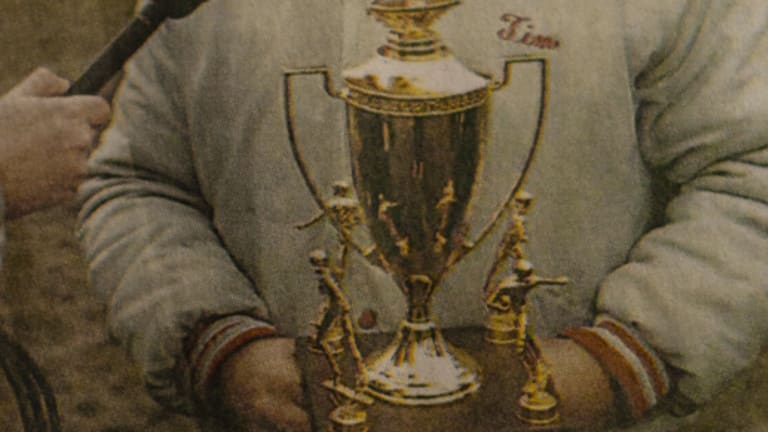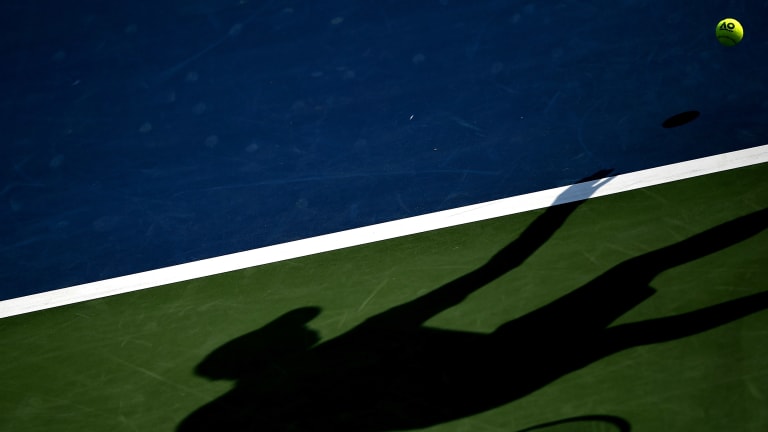Williamsport's Tim Montgomery lived football—but he loved all athletes
By Sep 18, 2019United Cup
Naomi Osaka carries off-season illness into United Cup debut
By Jan 02, 2026United Cup
Sebastian Baez, Solana Sierra score first wins of 2026 tennis season at United Cup
By Jan 02, 2026Australian Open
Venus Williams will become oldest woman to compete in an Australian Open main draw with wild card entry
By Jan 02, 2026United Cup
Stefanos Tstisipas pondered future of career while sidelined, says father is “much better communicator” now
By Jan 01, 2026United Cup
United Cup, Day 1 Preview: Naomi Osaka begins promising 2026, Stefanos Tsitsipas back from injury
By Jan 01, 2026Setting the Table for 2026
What to expect from Carlos and Jannik in 2026 as year three of the Sincaraz Era begins
By Jan 01, 2026Summer Down Under
Tennis set for two weeks of mania ahead of 2026 Australian Open
By Jan 01, 2026The Business of Tennis
How Aryna Sabalenka is building a brand as powerful as her game
By Jan 01, 2026United Cup
United Cup Classics: Three matches that defined the tournament
By Dec 31, 2025Williamsport's Tim Montgomery lived football—but he loved all athletes
Remembering a legendary high school football coach, and what he had to teach a tennis player.
Published Sep 18, 2019
Advertising

Williamsport's Tim Montgomery lived football—but he loved all athletes
© 2017 Getty Images
Advertising

Williamsport's Tim Montgomery lived football—but he loved all athletes
Advertising

Williamsport's Tim Montgomery lived football—but he loved all athletes
© 2017 Getty Images